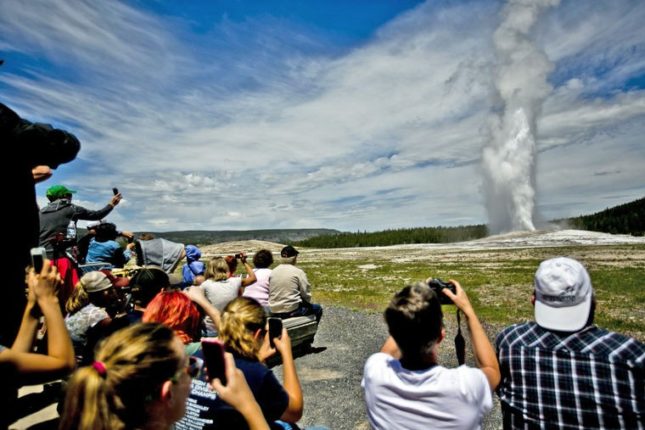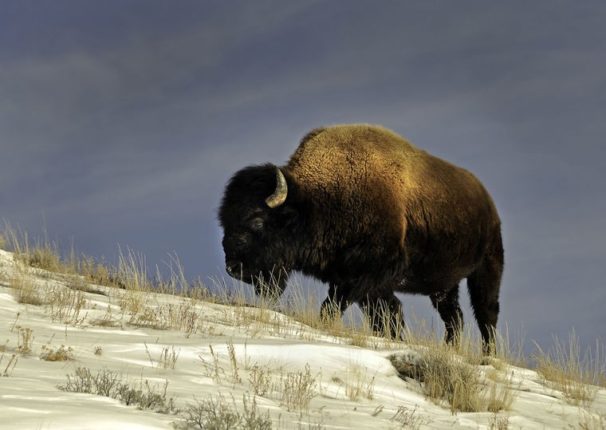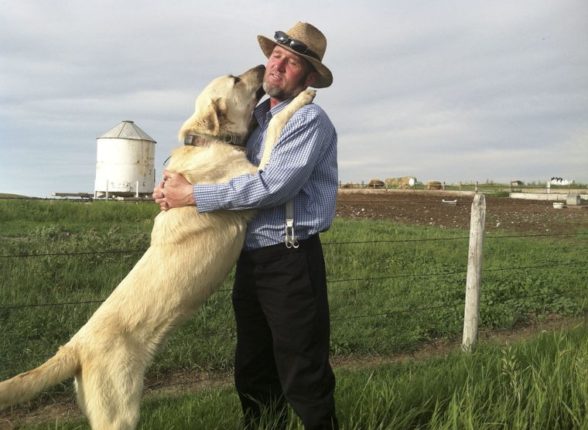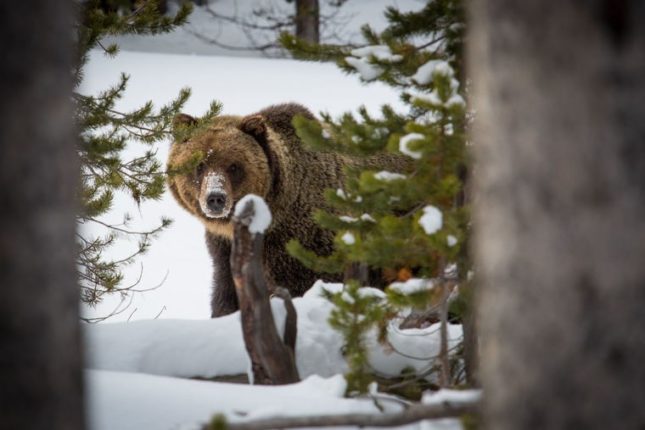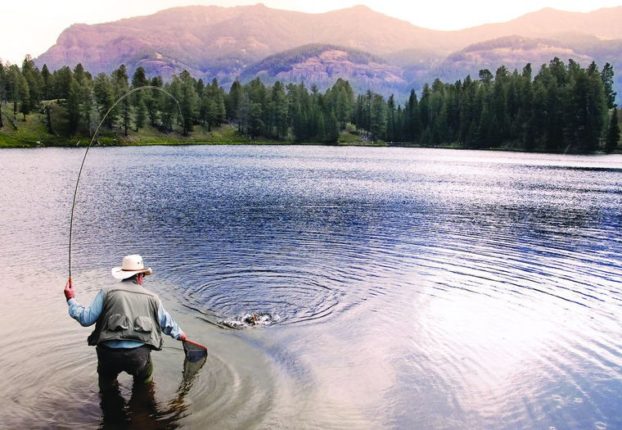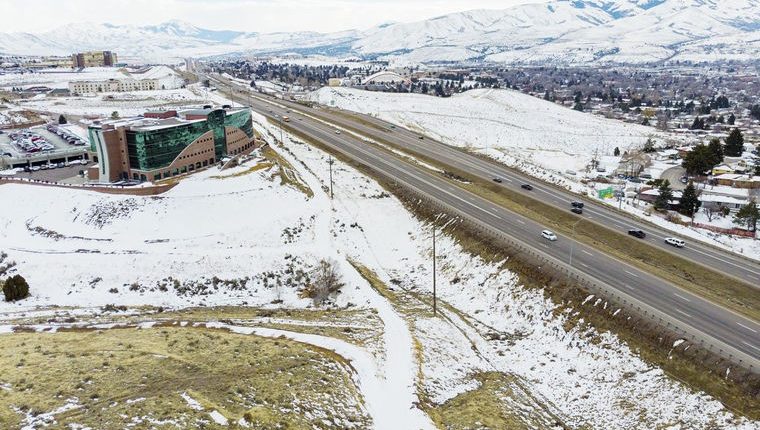POCATELLO — Someday there will be a 27-mile paved trail network that wraps around the Gate City. That’s the dream of Rory Erchul and the Portneuf Greenway Foundation.
So far, about 15 miles of that network have been built in various sections across Pocatello.
But on Wednesday, the foundation announced that it would soon begin construction on the first piece of the network that lies along the Interstate 15 corridor. This spring, construction will begin on a paved trail along Interstate 15 between the Monte Vista Drive overpass and the Farm Bureau Insurance building on Tierra Drive.
Once the rest of the trails on the I-15 corridor are completed, residents will be able to walk or ride their bikes on paved Greenway trails stretching from the Edson Fichter Nature Area on the south side of town to the Portneuf Wellness Complex on the north side.
“We have the support of our city, and our community members and businesses are donating time and resources to making things happen,” said Erchul, who serves as the president of the foundation’s board of trustees.
So far the foundation, which was founded in 1992, has built numerous trails across the city. These trails include stretches along the Portneuf River, the South Valley Connector area and Idaho State University.
However, the sections of trail that currently exist are broken up throughout the area and many do not connect with each other. According to Erchul, it can take years, or in some cases decades, to secure easements on private lands where trails can be constructed.
Plus, there’s the financial challenges.
It usually costs approximately $100,000 to build a 1-mile stretch of Greenway trail. But that’s assuming there are no physical obstacles in the way. The new Monte Vista to Farm Bureau trail will cost approximately $500,000, according to the engineers’ estimates. That’s because of the difficult topography of the land near Interstate 15, as well as the need to build multiple retaining walls to control erosion.
The funds to build Pocatello’s Greenway trails come from a variety of sources, both private and public.
“In the last four years, we’ve been able to raise about $1.6 million from grants, in-kind gifts and private donations,” Erchul said. “We want people to know that the Portneuf Greenway Foundation is a non-for-profit organization, and all the board members are volunteers and we have no paid staff.”
The Monte Vista to Farm Bureau trail is an important stepping stone to finishing the all-important I-15 corridor section of trails. Once completed, this section of trails will provide non-motorized access to Idaho State University, East Terry Street, East Center Street, Portneuf Medical Center, Olympus Drive, Highland High School, the North Bannock Fairgrounds and the Portneuf Wellness Complex.
Also, guests at the numerous hotels near East Center Street, as well as the Red Lion Hotel on Pocatello Creek Road, will have easy access to the trail network.
Like the other Greenway trails in Pocatello, the Monte Vista Drive to Farm Bureau trail will be a paved 10-foot wide multi-use trail that will meet standards set forth by the Americans with Disabilities Act. The trail will be a little less than a mile long.
The $500,000 that will be used to construct that trail has been raised by a combination of state grants from the Idaho Transportation Department and the Idaho Department of Parks and Recreation with matching funds from the Portneuf Greenway Foundation.
According to a news release from the foundation, numerous private entities have also donated money, including the Ifft Foundation, Keller Engineering, Idaho Community Bank, Idaho Central Credit Union, Farm Bureau Insurance, Paul Link and several others.
According to the Portneuf Greenway Foundation, construction bids are being accepted through the city until mid-March.
But why should the Pocatello/Chubbuck area have its own Greenway?
For Erchul and the foundation’s board of trustees, there are economic, health and transportation considerations.
“Any city in the country that’s progressive enough to build a Greenway system, whether it’s in Texas or Boise, sees a major economic boost,” Erchul said.
A Greenway trail network also provides a non-motorized alternative mode of transportation, where residents can hop on their bikes and quickly travel to their workplaces or favorite businesses, Erchul said.
And the Portneuf Greenway Foundation said having a city trail network encourages people to get out and exercise, whether it’s walking the dog, riding their bikes or going for a stroll.
“It’s a quality of life issue,” Erchul said.



